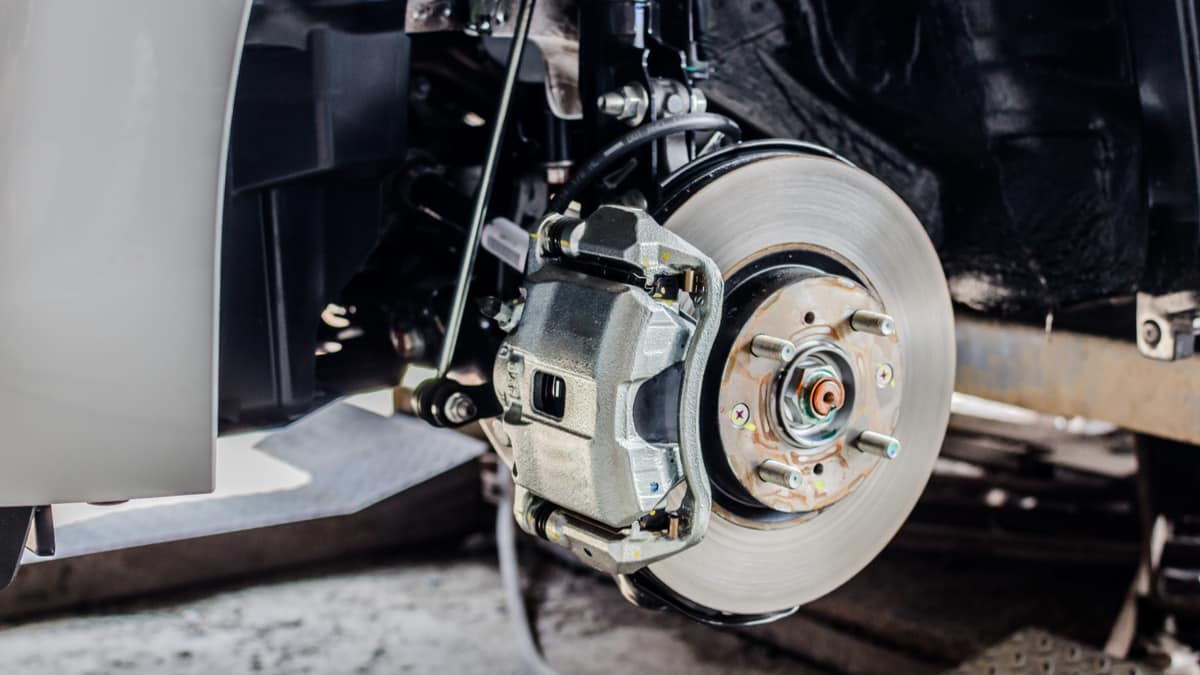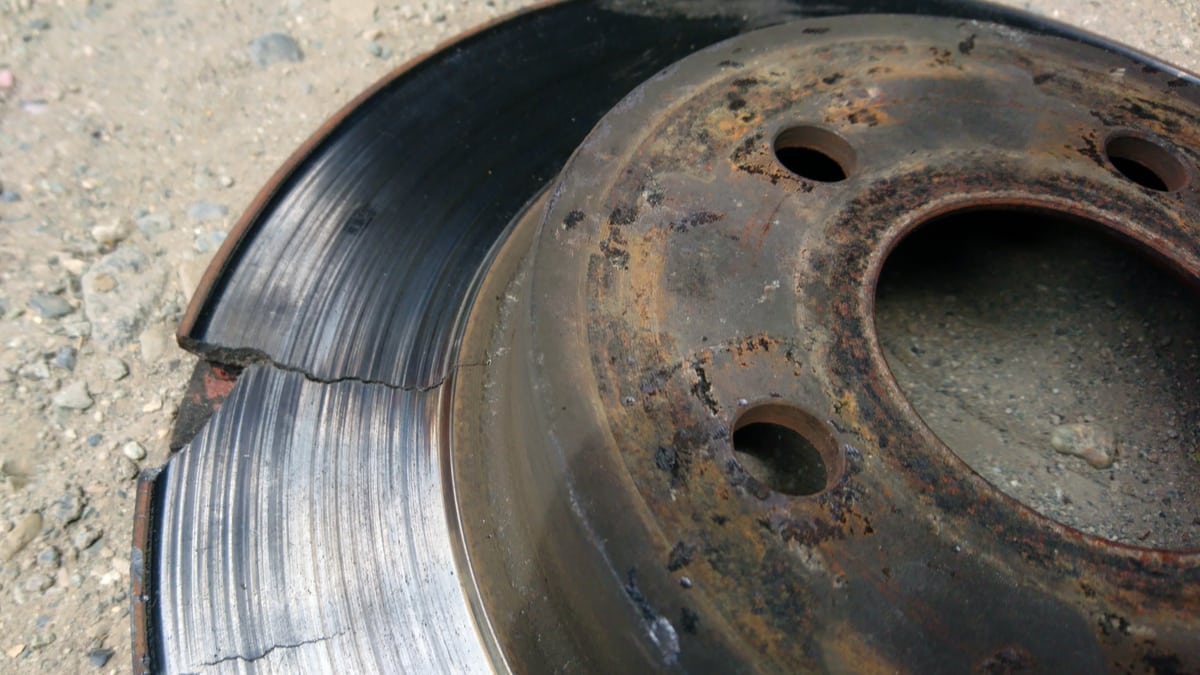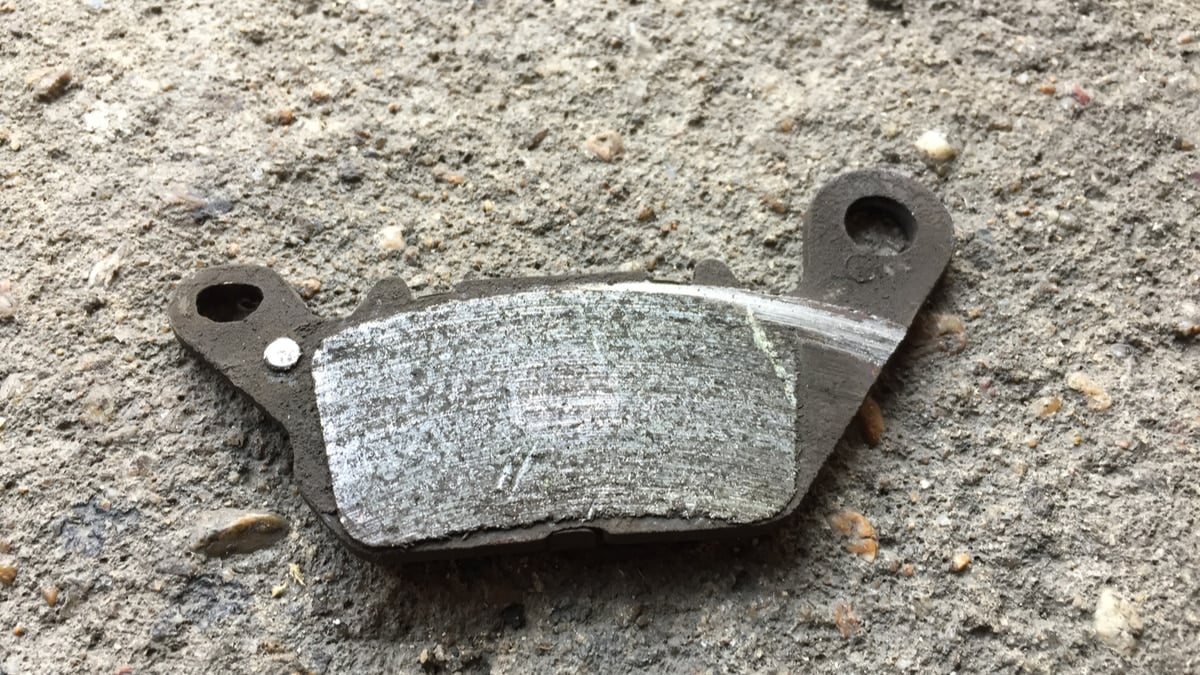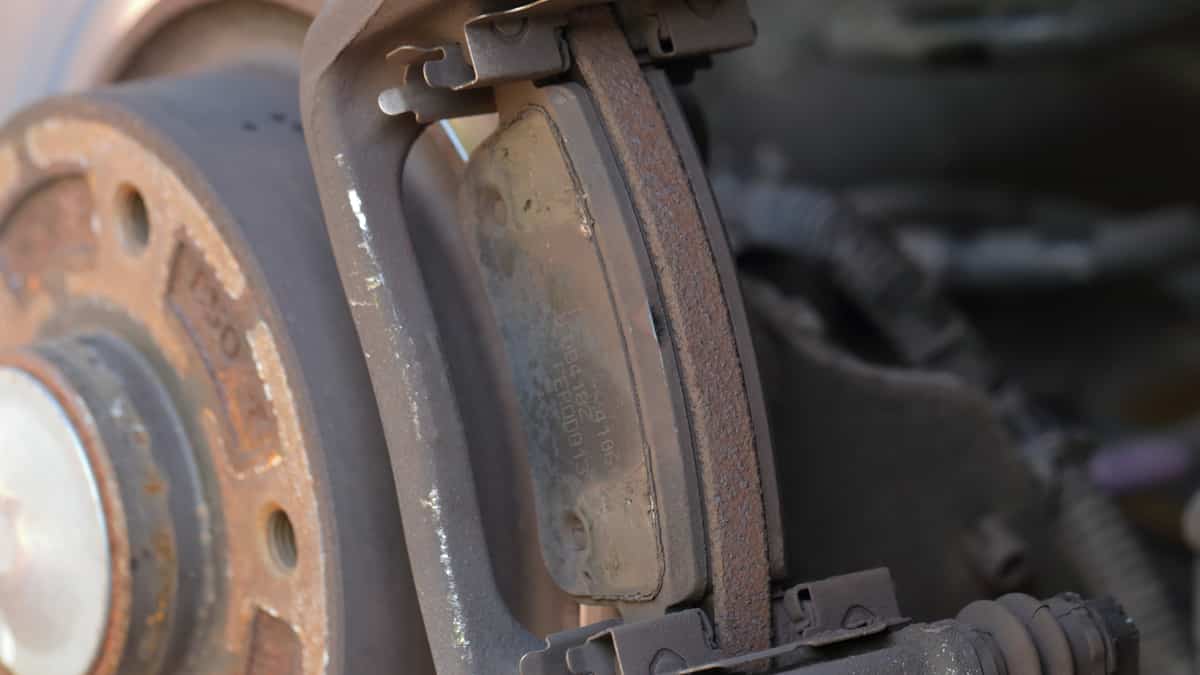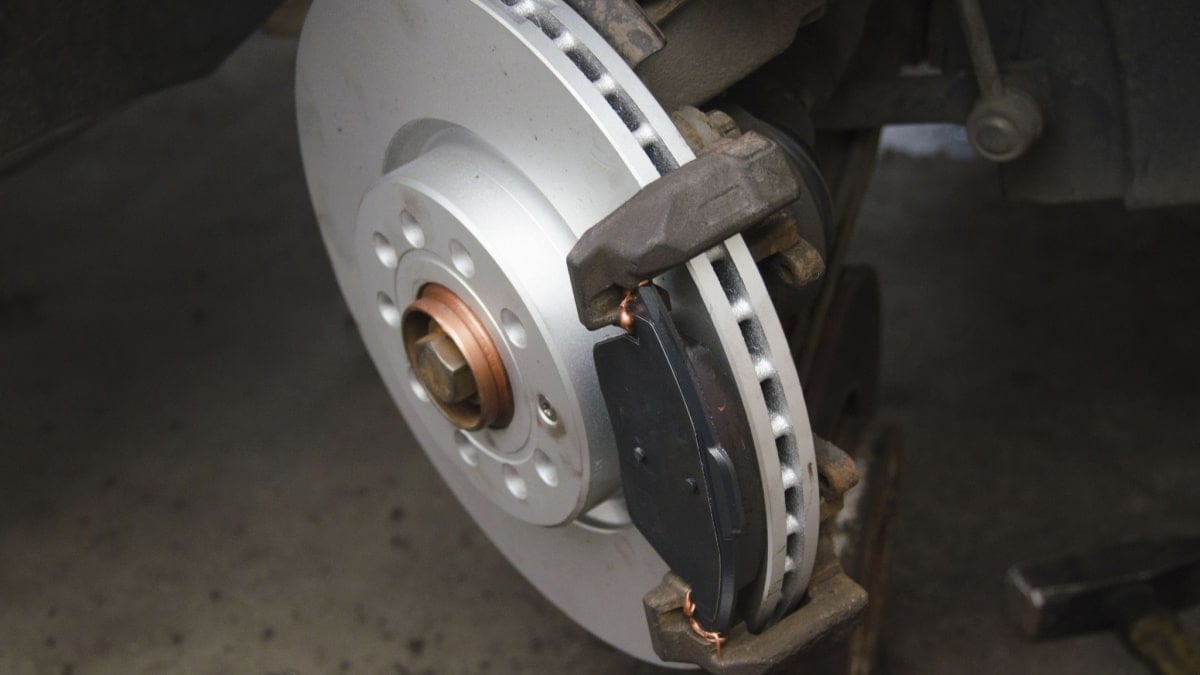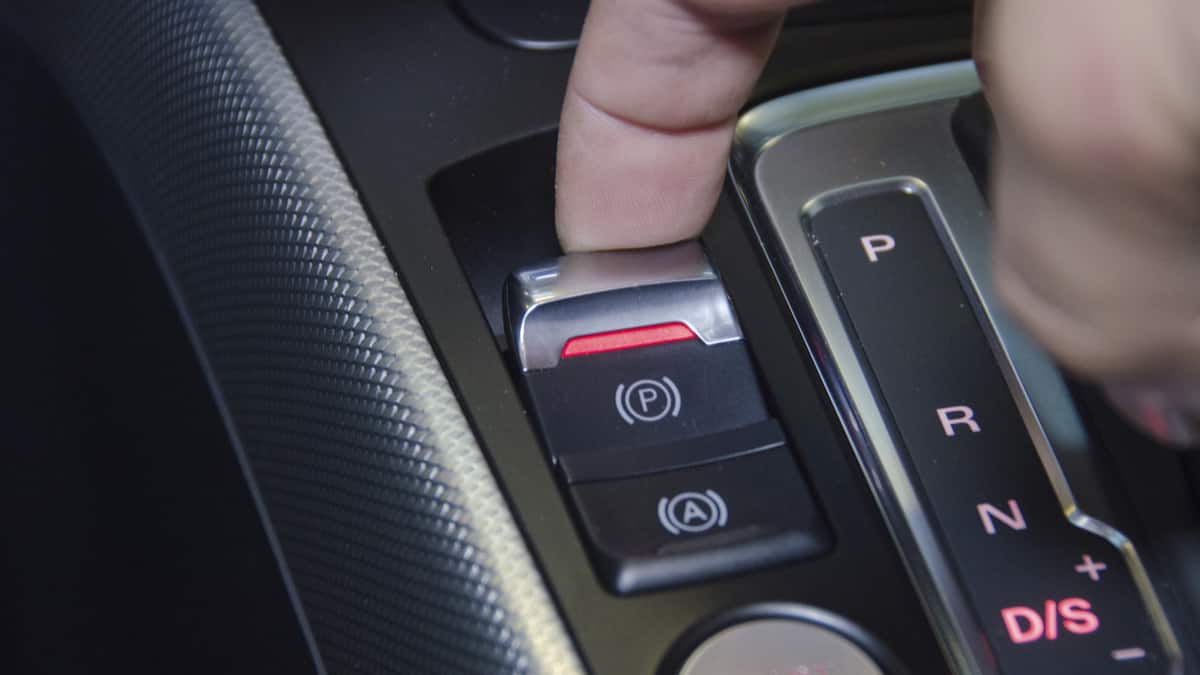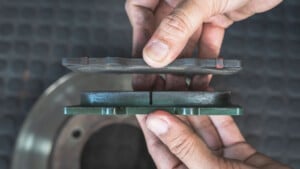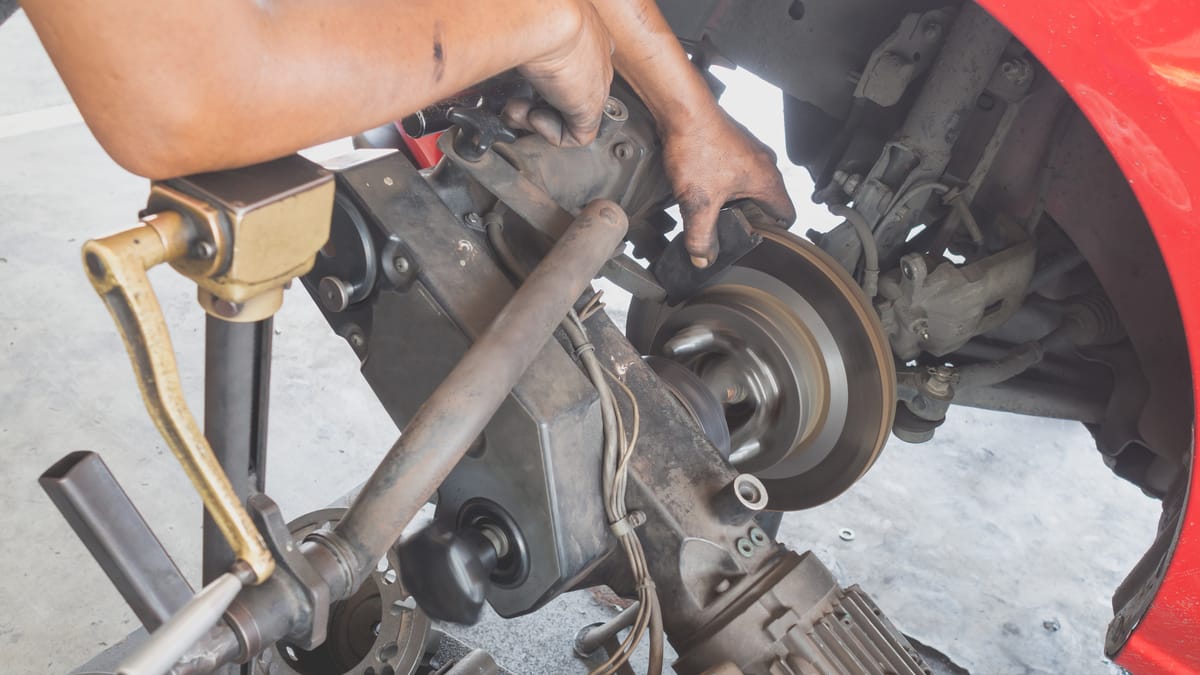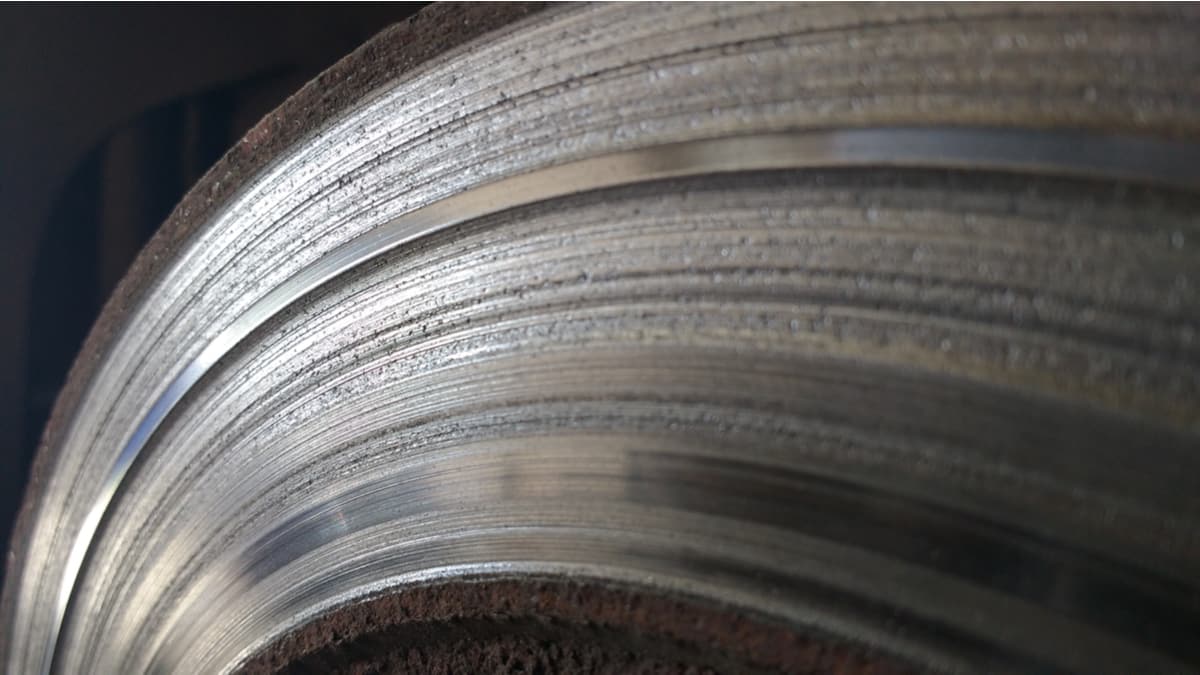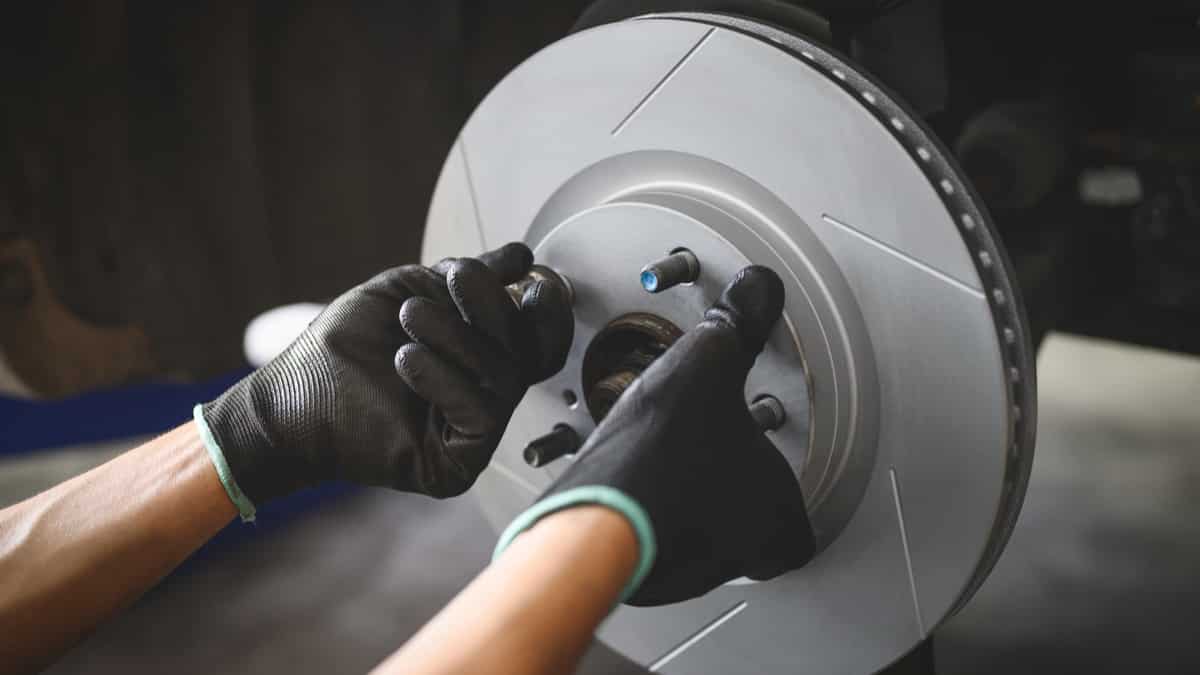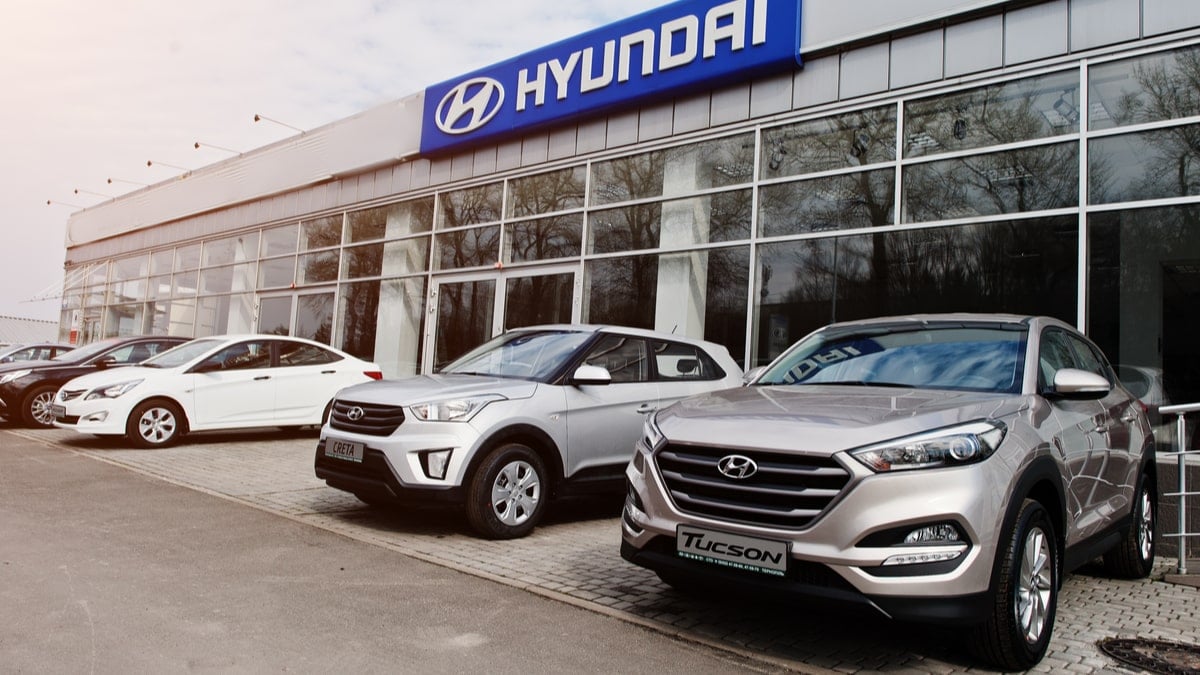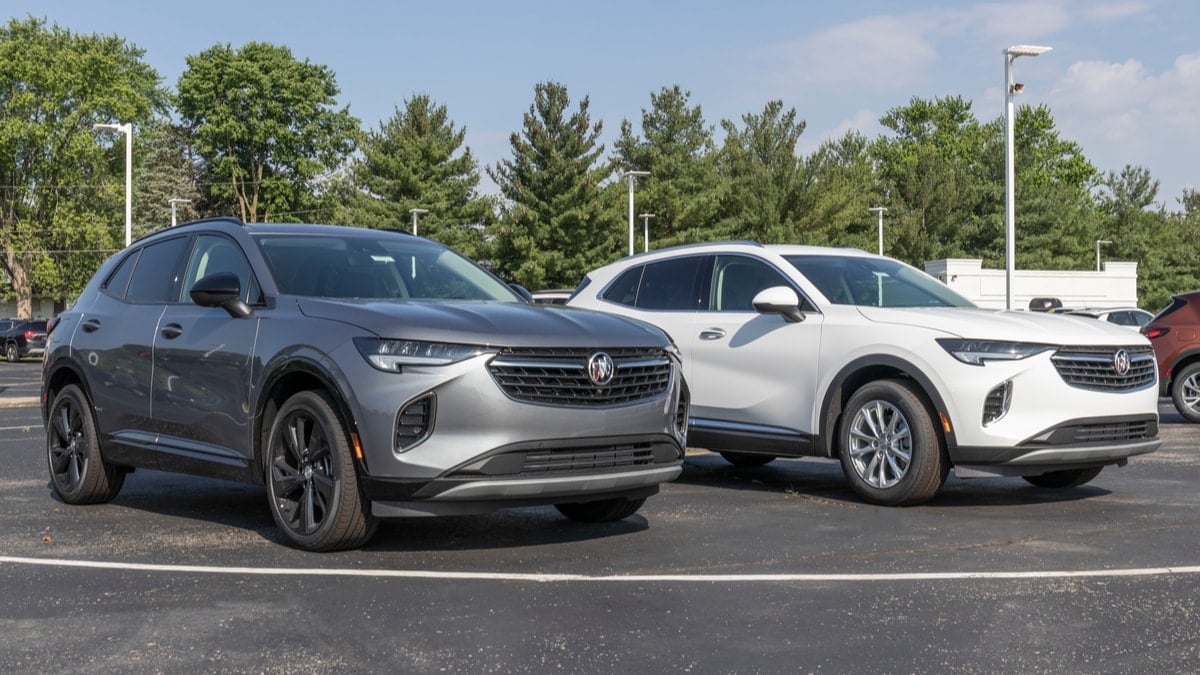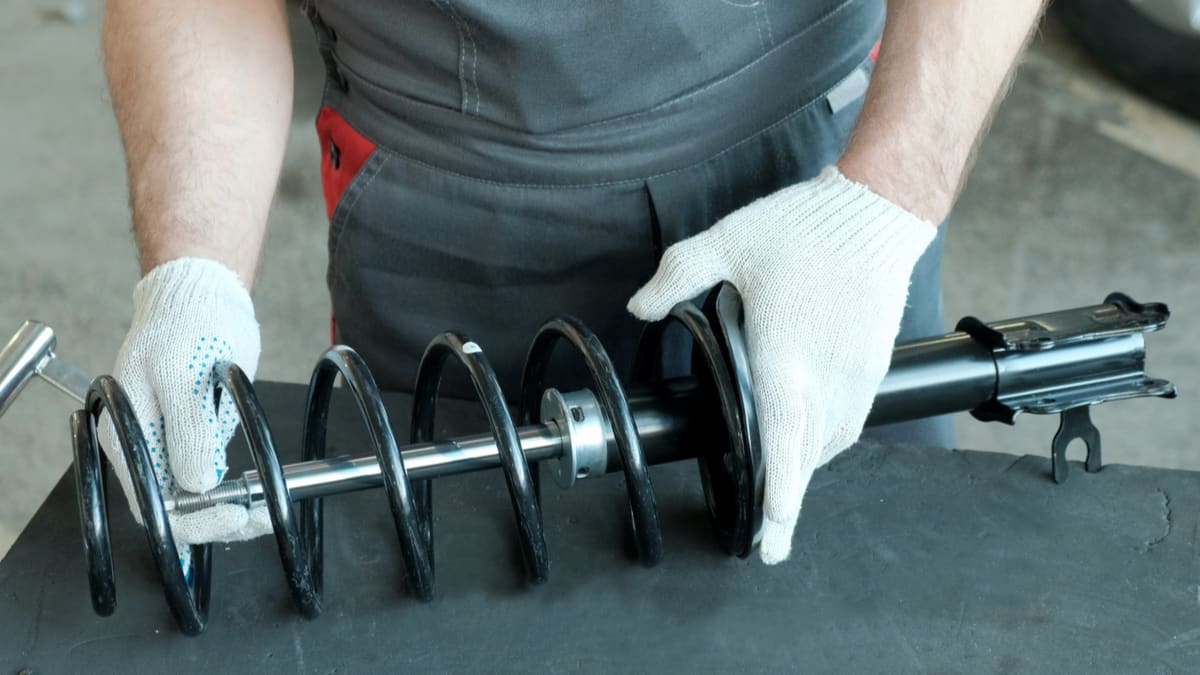It doesn’t matter how gentle you are with your vehicle; at some point, it will need to have the brakes replaced. How much does a front brake job cost and what does it consist of?
In this guide, I evaluate the average cost of a front brake job. I also figure out what the cost might be if you need additional parts, such as rotors or calipers.
How Much Does a Front Brake Job Cost?
The average cost for a front brake job is between $110 and $250 without brake rotors. On average, you can expect to spend $35 to $100 for parts on the front brakes. Additionally, labor might cost between $75 and $150, depending on where you live and the type of vehicle you drive.
However, if you also need a set of rotors, you are looking at an additional $25 to $85 per rotor, just for the parts. In general, the labor cost to replace brake pads and rotors at a shop is $125 to $250 per axle. Considering that most cars have two axles, you would be looking at double this price to get a complete four-wheel brake job.
READ MORE: Average Brake Rotor Replacement Cost (Front & Rear)
The most expensive part to replace is the caliper. If you need one caliper, you might spend up to $125 on the part alone. With this in mind, you could spend $250 to $900 to have a complete front brake job, including the pads, rotors and calipers.
Of course, if you can do any of this work on your own, you are saving a lot of money. The parts aren’t the aspect that forces the bill to go higher. The majority of what you are spending is on the labor.
Factors Affecting Brake Replacement Cost
1. Vehicle Type
The type of vehicle you drive has a profound impact on the cost of brakes. For example, your tiny compact car isn’t going to cost nearly as much as your heavy-duty diesel truck.
The weight and size of the vehicle play a huge role in the cost of brakes. Many shops also charge more to work on bigger, heavier vehicles than they would a smaller sedan.
2. Vehicle Brand
American-made vehicles tend to cost less for brakes than other types. This is especially true if you drive a European vehicle, such as Audi, Mercedes, VW or BMW.
Not only are you going to pay more for the brake parts, but you might need a special mechanic to work on the braking system. These experts cost more per hour, thereby increasing your labor rate.
3. Shop Type
Going hand-in-hand with the last factor, the type of shop you visit has a profound impact on the total price. You can visit a local auto repair shop with entry-level technicians to pay a little less.
If you choose to visit a dealership or specialized shop, you are going to naturally pay more. However, the expertise that comes with these locations and the warranty protection often make it worth the added expense. When it comes to brake repair and brake service, you want to choose a reputable repair shop with the right expertise.
READ MORE: Mechanic Labor Rates Per Hour – US Market
4. Shop Location
Just as important as the type of shop you visit, its location also makes a difference. If you live in a rural setting, the labor rate will likely be cheaper than expected.
On the other hand, shops in an urban setting are going to charge more. There are also some states that have higher labor rates, in general.
5. Brake Materials
Brake pads are made from a variety of materials. The materials you choose change how much you are going to spend.
You can opt for organic, semi-metallic and ceramic brakes, all with different price points. Plus, if you choose a premium brand for the materials, you are going to spend more. The same is true if you opt for OEM brake components.
READ MORE: Ceramic vs Organic Brake Pads (Which is Better?)
How Often Should Front Brakes be Changed?
The majority of front brakes need to be changed between 30,000 and 70,000 miles. However, there are some that require brake pad replacement after 25,000 miles, while others can easily exceed 70,000 miles. The key to determining when a front brake job is needed is by paying attention to the symptoms.
If you hear grinding, squeaking or squealing when you apply the brake pedal, you want to have the pads looked at right away. Driving on bad brake pads can cause wear to other vital components, such as the rotor. Not only will you put your safety at risk by continuing to drive because of longer stopping times, but you are also creating a higher bill when the brake rotors get worn.
The good news is that brake rotors don’t always need to be replaced. Even if there is some minor wear, there are times when the rotor can be turned and resurfaced for longer life. This expense is cheaper than replacing the rotors.
READ MORE: How Often Should You Replace Brake Rotors? (Signs It’s Time)
Factors Affecting Frequency of Brake Changes
1. Materials
Just as the type of brakes affects the cost, they also determine how long the pads will last. If you are using high-carbon, severe-duty brake pads, you can expect them to last much longer than the regular semi-metallic pads.
However, you pay more for higher-quality brake pads. Take the ceramic pads, for example. These provide a quieter ride and create less dust, but the braking performance isn’t as good and you will spend more. It’s important to pick the appropriate material based on your budget, needs, and how often you want to change the brakes.
2. Driving Habits
If you like to ride the brakes, you can expect to change them more frequently. The same is true if you push hard on the brakes to stop.
If you want the brake pads to last longer, you should do more coasting than braking. You also want to apply consistent, gentle force when it’s time to brake.
Another killer to brakes is consistent towing and hauling heavy items. Every time you step on the brakes with these heavy loads, you are putting more strain on the system. You can expect brakes to wear out much faster in these conditions compared to the person enjoying a small compact car without anything heavy loaded inside.
3. Environment
If you are driving on the highway every day for your commute, you are less likely to go through brakes as often as someone traveling in a city. All of the stop-and-go traffic can take a toll on the brake pads and other components.
The same is true if you travel through a mountainous location. The more you have to ride the brakes to reduce speed while going downhill, the more wear the brakes are going to endure.
